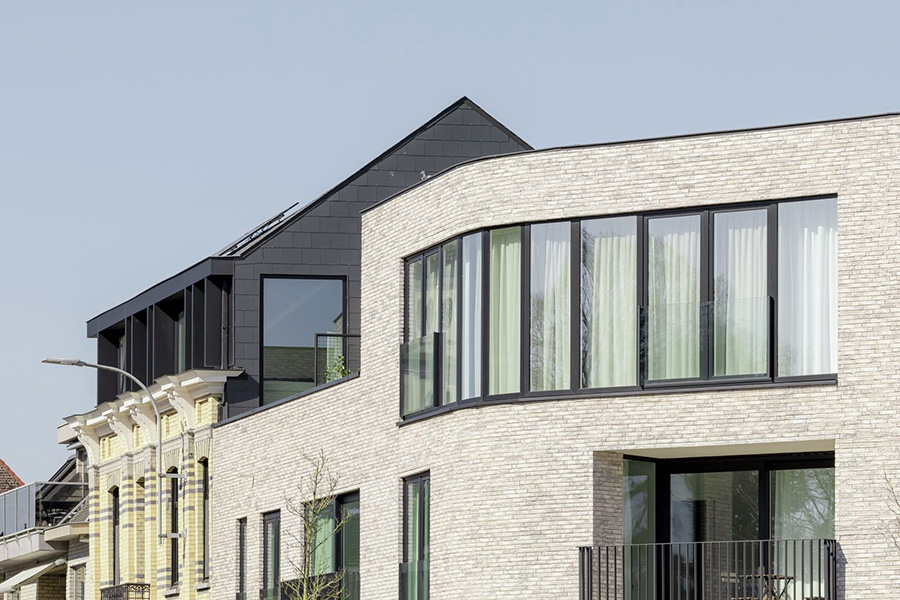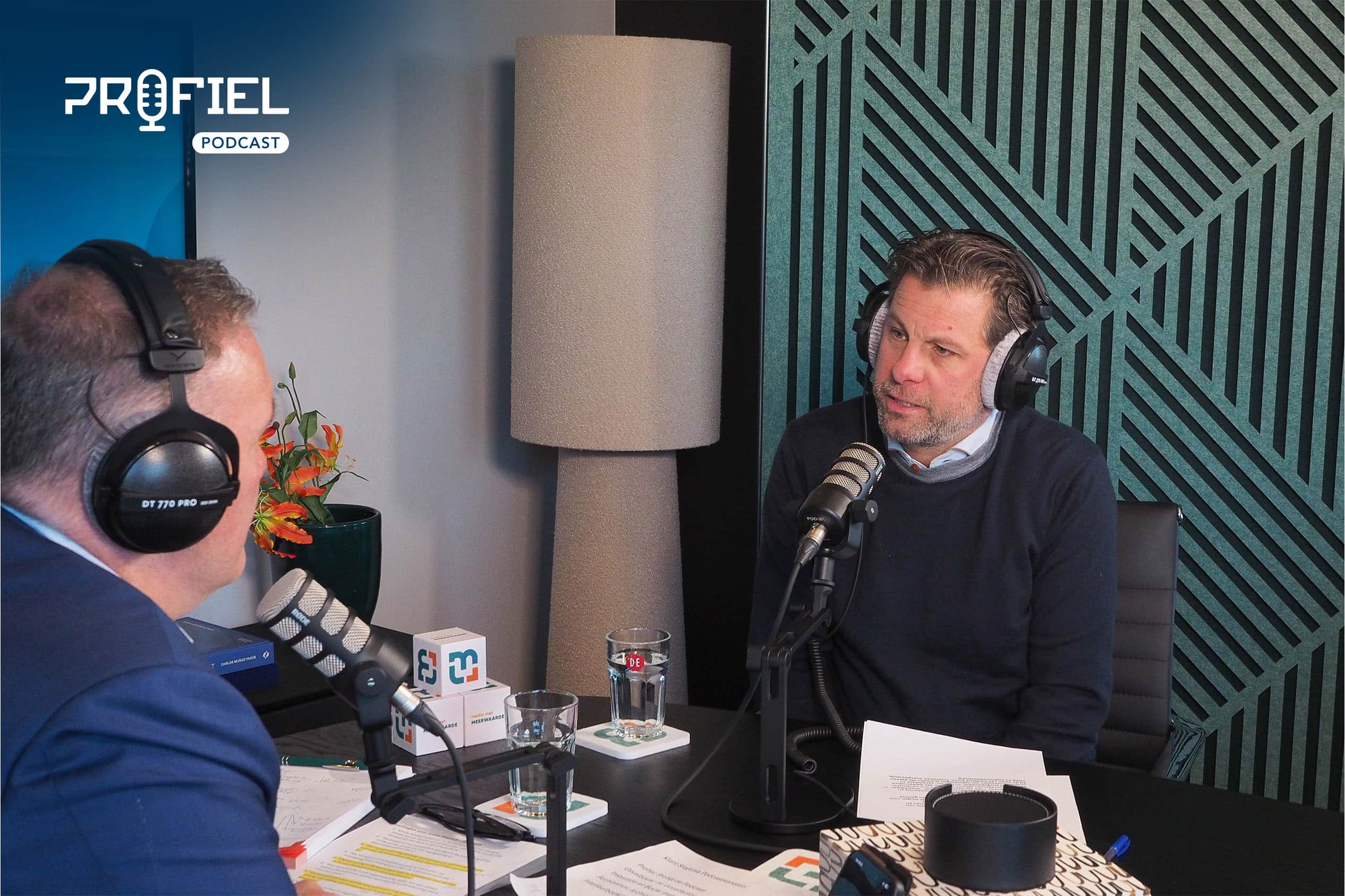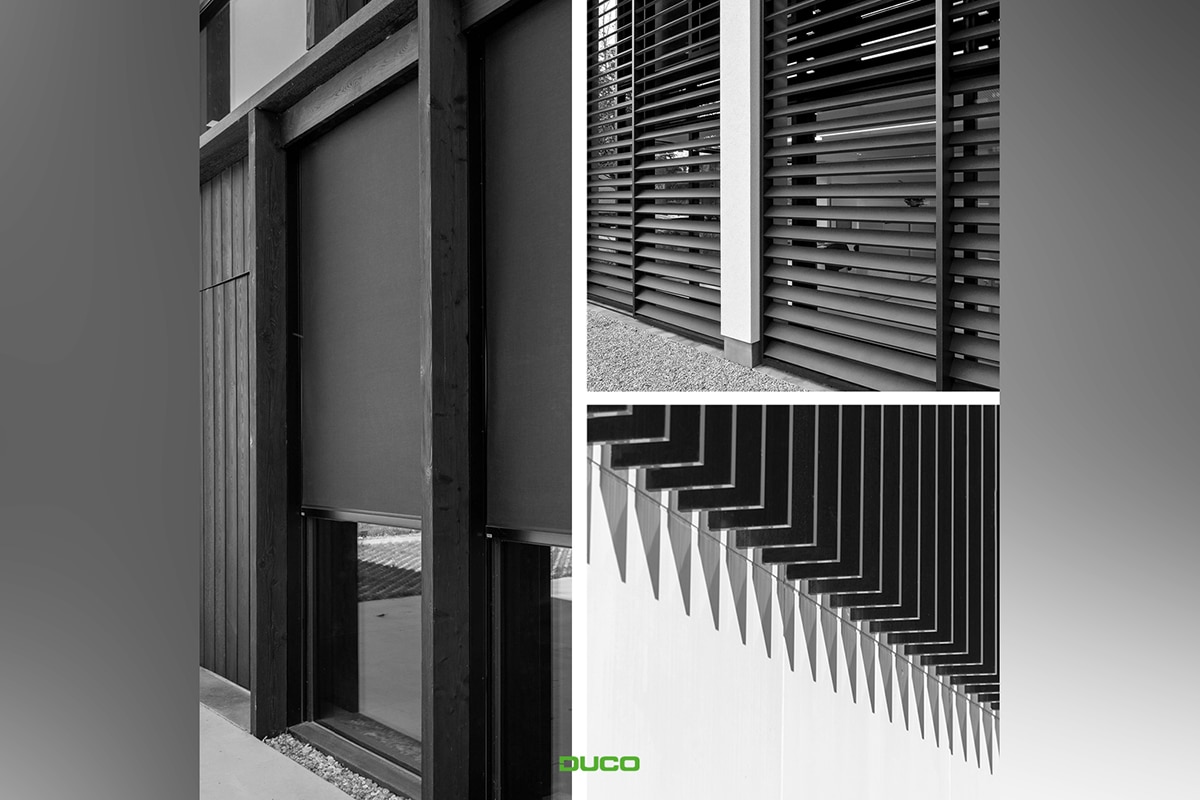
Building security
From the Building Code, the construction of a building must take into account the subsequent users who provide maintenance, cleaning and repair at height. Permanent facilities such as roof edge protection are then used.
Arbo
The Occupational Health and Safety Decree specifies the measures to be taken when working at height. This means that work on the facade must be carried out, for example, using an aerial work platform or work on the roof must be carried out safely by installing safety provisions on the roof.
R.I and E.
A Risk Assessment and Evaluation contains exactly what safety equipment is required. This means that each time work is performed at height, the responsibility for working safely is placed on the building owner. A Risk Assessment and Evaluation identifies the safety equipment that should be used when working at height. Specialists are usually used to advise on permanent and temporary measures.
Building Code
The current Building Code indicates that in new construction, the architect is required to look at a way to safely maintain the building. With existing construction, this is not mandatory. It is therefore wise to have an independent safety expert make a Risk Inventory and Evaluation of your roof. They can then determine exactly what should be present for your building as a minimum.
Permanent security
Permanent roof edge protection like fencing provides the most safety possible to prevent falls. Fences, also known as handrails, provide optimal safety and ease of use. In the long run, purchasing a permanent fencing system is the best solution.
Temporary safety
Buildings are not always equipped with permanent fall protection, such as fencing or lifeline routes. To still be able to work safely and comfortably then, there is a complete range of mobile fall protection. This consists of personal protective equipment and temporary anchor points.




